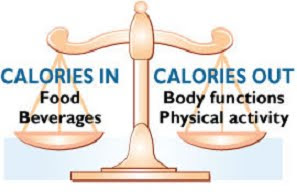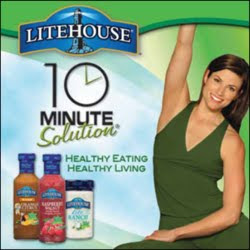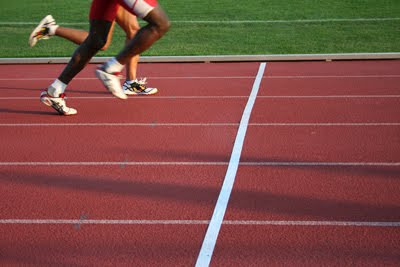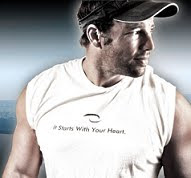If you bring up the topic of fitness in some circles you are bound to be met with some resistance.
Just the other day I was having a conversation with a co-worker about why I couldn’t join her for lunch - since I was going to the fitness center to work out.
“Exercise is stupid,” was her response.
But probing a little deeper, you are sure to find numerous excuses why people don’t want to exercise.
No Time to Exercise – I will be the first in line to admit that I have used the excuse that I am too busy to exercise. But with a full-time job, a house to manage and a family to take care of, I still try to find the time to exercise. It may mean DVRing my favorite program and watching it after my workout, letting the housework go until a later time, or waking up a half hour earlier in the morning, but not enough time, is not a valid excuse for me any longer. There are 1,440 minutes in a day, I am pretty certain that most people can find thirty minutes to squeeze in some form of exercise. And nobody said the thirty minutes had to be all at once, there are plenty of ways to fit exercise in throughout your day. Take the stairs, go for a walk on your lunch hour at work, close your office door and do some pushups, lunges or squats. Be creative and find ways to insert short bursts of activity in your day.
I’m Too Tired to Exercise – Studies show that the more you exercise the more energy you will have. Exercise will leave you feeling invigorated and more energized. The lazier you are the more you will want to sit around. I have seen it firsthand. When my daughter was little she was a terrible sleeper, the pediatrician told me that sleep begets sleep. Sure enough, the more she napped during the day, the better she slept at night. Now, the more activity she gets, the more energized she is.
Exercise is a Waste of Time – if you think exercise is a waste of time it is probably because you don’t understand the many benefits to exercise. While most people embark on an exercise program to lose weight, there are numerous other reasons to exercise. Members of the former group often stop exercising because they are looking for results, and when those results don’t come quick enough or as they expected, they drop their exercise program. The lack of visible or aesthetic results does not make exercise a waste of time. There are changes taking place beneath the surface, whether it is improved cardiovascular capacity, a lowered resting heart rate, improved joint mobility, or lowered cholesterol; changes that are equally as important as a slimmer waistline. These are all things that make exercise a wonderful use of your time.
Exercise is Expensive – it doesn’t have to be. While many people think they need to spend money on expensive gym memberships, personal training sessions, or home exercise equipment to stay in shape, the fact of the matter is all you need is your own body to get in great shape – and at the very least a good pair of shoes. The best exercises to get you in shape are bodyweight exercises: pull-ups, push-ups, squats, lunges, and sit-ups which, with the exception of pull-ups, require no equipment. Put on a good pair of shoes and let Mother Nature be your gym, go for a run or a walk, many parks have trails equipped with exercise stations to get in a total body workout.
I could go on and on about the number of excuses I have heard, or used myself, for not working out. Most excuses, however, are not valid reasons; don’t let them keep you from reaching your fitness goal. Do you find yourself making excuses? What excuses have your heard for not making exercise a priority?










































